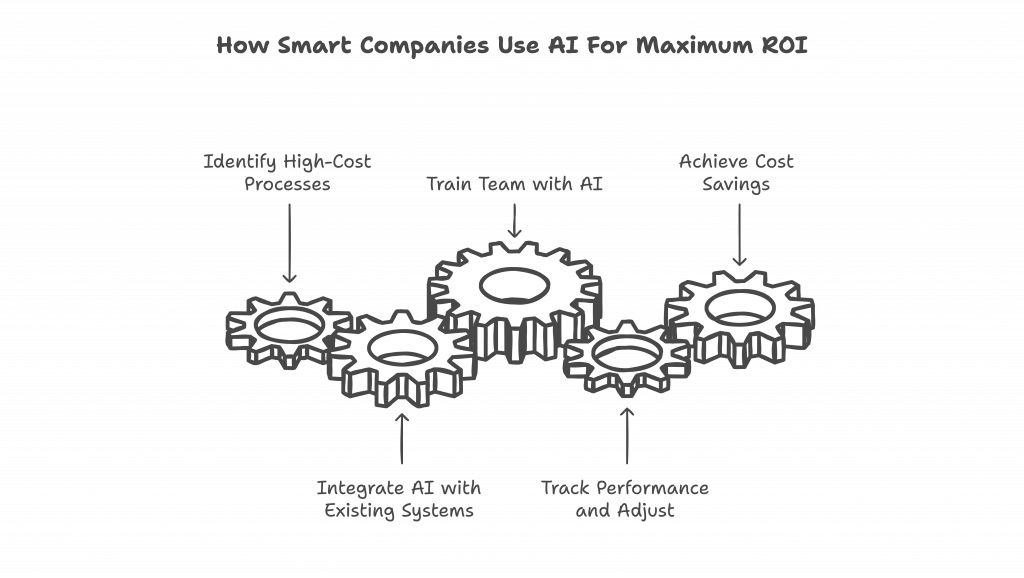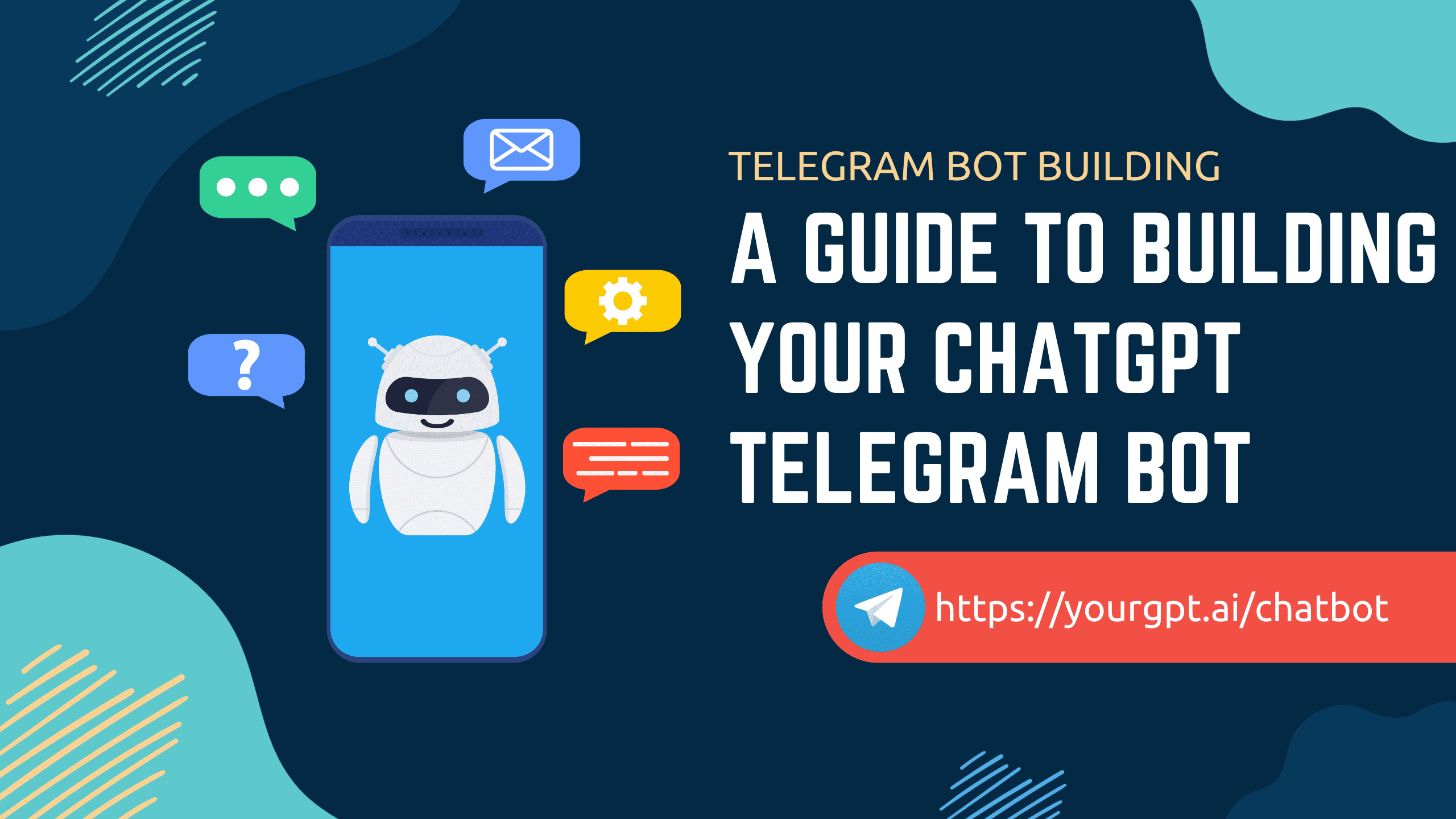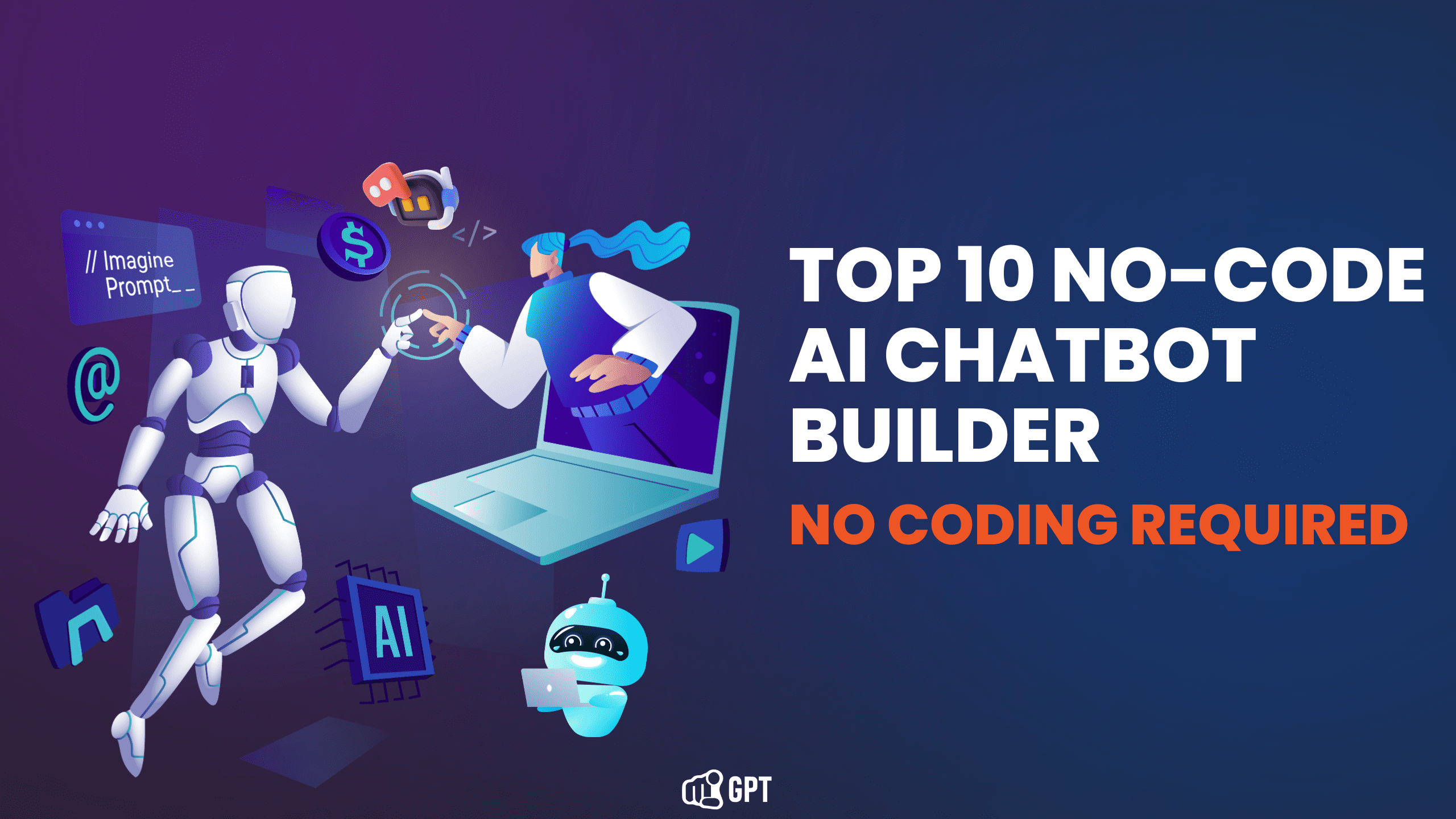How to Calculate AI ROI Before You Spend a Dollar?
Smart companies don’t guess. They calculate. Before investing in AI, they want clarity:
Where will this save us money? How fast will we see returns? What’s the upside if it works — and what’s the cost if we delay?
That’s where AI ROI calculators come in.
These tools give decision-makers a clear, data-backed picture of potential outcomes — from cost savings and efficiency gains to long-term impact on margins. Instead of relying on vague projections or vendor promises, leaders use AI calculators to quantify the business value upfront.
The result? Faster buy-in, stronger execution, and significantly better returns.
In this blog, we’ll cover how companies are using AI calculators to make confident decisions and maximise ROI.
The Real Cost of Poor AI Execution
AI is one of the most valuable tools in a company’s growth strategy — but the return depends entirely on how it’s implemented. When the strategy isn’t clear, or the team isn’t aligned, even the most promising AI project can stall.
The technology itself isn’t the problem. The execution is.
According to a 2023 McKinsey report: 27% of companies report successfully scaling their AI initiatives. The rest often struggle not because the models are flawed, but because key foundational steps were skipped.
Why AI Projects Underperform?
Here are five common reasons why many organisations fall short — and what smart companies do differently:
1. No Clear Business Objective
AI works best when it’s tied to a measurable goal. Projects launched without a defined business outcome often drift in scope and fail to generate results leadership can trust or act on.
2. Poor Data Readiness
The output of AI is only as good as the input it’s trained on. Incomplete, inconsistent, or siloed data reduces performance and increases risk. Teams that invest in data quality and governance upfront see significantly better outcomes.
3. Lack of Change Management
AI adoption often shifts workflows and decision-making structures. If the team isn’t brought in early, resistance builds. Successful companies prioritise training, communication, and collaboration across departments from day one.
4. Misaligned Expectations
AI is not a shortcut — it’s a multiplier. Leaders who treat it as a plug-and-play solution are often disappointed. On the other hand, those who treat it as a strategic capability — and build around it — consistently outperform.
5. Limited Technical Expertise
Without internal expertise to manage, interpret, and iterate AI solutions, teams may rely too heavily on external vendors. This slows learning and makes it harder to build long-term, scalable value. Building internal knowledge — even at a basic level — makes a significant difference.
What is an AI ROI Calculator?
An AI ROI Calculator is a tool that helps estimates how much cost savings a business can achieve by using AI. It simplifies complex financial projections into clear, actionable numbers — based on inputs specific to your operations.
Designed for business teams, not just technical users, the tool helps quantify value before any resources are committed.
How It Improves Decision-Making
1. Instant Cost Estimates
By entering details such as process volume, time spent, and current cost, businesses can instantly see projected savings from AI adoption — whether in automation, efficiency, or error reduction.
2. Smarter Budget Planning
Instead of guessing, teams use the calculator to build AI into their financial planning. It clarifies how much to invest, where to invest, and what returns to expect — all before deployment begins.
3. Prioritisation Through Data
The calculator compares potential ROI across different departments or processes. This helps companies prioritise high-impact areas first, ensuring maximum value from initial projects.
How to Measure the ROI of AI: Key Metrics and Strategy Alignment
Measuring the return on AI isn’t just about cost reduction — it’s about tracking how AI contributes to business outcomes. Clear metrics help decision-makers assess impact, justify investments, and refine strategies for sustained gains.
Important Metrics to Track AI ROI
1. Cost Reduction
Quantify direct savings from automating tasks, reducing manual errors, and improving resource allocation. This includes both operational cost cuts and savings from improved efficiency.
2. Time-to-Execution
Track how much faster tasks are completed with AI support. Whether it’s customer resolution time or internal report generation, reduced cycle times directly translate to higher throughput and lower overhead.
3. Output per Employee
AI enables teams to focus on high-leverage work. Monitor increases in task volume, speed, or complexity handled per employee to measure productivity improvements.
4. Customer Experience Metrics
Measure improvements in customer satisfaction scores (CSAT), response times, retention, or NPS. AI-driven personalisation and support can have a measurable impact on loyalty and revenue.
5. Periodic ROI Reviews
Schedule regular sprints to compare AI investments against business objectives. This ensures continued alignment and avoids underperforming use cases consuming resources.
How Smart Companies Use AI to Save Millions

AI helps companies reduce costs, improve speed, and make better decisions — without adding unnecessary complexity. The most effective use cases are intentional, focused, and tied to measurable outcomes.
Strategic Ways to Use AI for Cost Savings
1. Target High-Cost Processes
Start with workflows that consume time or resources — such as customer support, demand forecasting, or document handling. Automating these areas delivers immediate cost savings and frees up teams for higher-value work.
2. Integrate with Existing Systems
AI works best when it supports what’s already working. Smart companies build on top of current tools, reducing disruption and accelerating adoption.
3. Train Teams Early
AI adoption depends on people, not just tech. Companies that train their teams to use AI confidently get better results and face less internal resistance.
4. Track Performance and Adjust
AI need regular oversight. Ongoing reviews help spot errors, improve accuracy, and align outputs with business goals.
Where AI Cuts Costs
AI reduces manual effort, improves resource allocation, and turns data into clear insights. This helps avoid delays, reduce errors, and find new savings opportunities. It also uncovers patterns that teams might miss — leading to better forecasting and planning. Used correctly, AI is not just efficient — it’s profitable.
AI Spend Without ROI calculation = Waste. Here’s how to Fix.
How to Adopt AI with a High-Return Strategy
Adopting AI should be tied to clear business outcomes. The most effective companies focus on execution that delivers measurable results — not just adoption for the sake of innovation.
1. Start with High-Impact Use Cases
Identify specific business functions where AI can reduce costs, improve speed, or increase accuracy. Prioritise use cases that already have measurable inefficiencies — like customer support, operations, or sales processes.
2. Use Proven, Configurable Tools
Instead of building from scratch, choose AI tools that are ready to deploy and built for business teams. Configurable solutions reduce rollout time and deliver faster outcomes.
3. Work with Industry-Focused Partners
Select partners who understand your sector’s processes, data, and challenges. This shortens implementation time and ensures the solution fits real business needs from day one.
4. Build Internal Capability Early
Train teams on how to use and manage AI tools. Even basic AI literacy across departments increases adoption, reduces dependency, and improves long-term results.
5. Track ROI from Day One
Define clear metrics before launch — whether it’s time saved, cost per interaction, or output per employee. This keeps the project accountable and aligned with business goals.
Common AI Implementation Challenges — and How Smart Companies Solve Them
AI creates real business value when execution is aligned with strategy. The technology is proven — but challenges often emerge from poor planning, fragmented systems, or internal misalignment. Below are the most common barriers and how leading companies address them.
1. Inconsistent or Siloed Data
The problem: AI can’t deliver results without quality data. Disconnected systems, duplicate records, or missing inputs reduce model performance and lead to poor decisions.
What works:
- Establish clear data ownership and cleaning processes.
- Standardise data formats across teams and platforms.
- Use synthetic or historical data to train initial models when data volume is low.
2. Failure to Scale Beyond Pilots
The problem: Many companies get stuck after a successful pilot. Scaling fails due to unclear ROI metrics, lack of internal ownership, or fragmented infrastructure.
What works:
- Define success metrics before the pilot begins.
- Build modular systems that grow with usage.
- Assign cross-functional teams to own the full AI lifecycle — from testing to optimisation.
3. Integration Challenges
The problem: AI tools must plug into existing workflows. If the integration requires workarounds or manual inputs, adoption drops and value is lost.
What works:
- Use AI platforms with proven APIs and integration layers.
- Prioritise tools that fit existing business systems, not the other way around.
- Roll out in phases, starting with a single use case to demonstrate seamless fit.
4. Lack of Team Training
The problem: Teams resist what they don’t understand. Without clear communication, AI is seen as disruptive or a threat — especially if job impact is unclear.
What works:
- Align AI projects with team goals and show how it improves their day-to-day work.
- Invest in basic AI literacy across non-technical teams.
- Secure visible support from leadership to reinforce that AI is a strategic priority, not an experiment.
AI implementation challenges aren’t technical — they’re strategic. Companies that align their data, teams, and systems from day one see faster adoption, stronger ROI, and fewer internal roadblocks.
Frequently Asked Questions
What is an AI Savings Calculator? ▼
An AI Savings Calculator is a tool designed to estimate the cost savings and ROI from implementing AI solutions. It helps businesses understand the financial impact before committing resources.
How do AI calculators help businesses save money? ▼
AI calculators analyze data to identify cost-saving opportunities, streamline operations, and optimize resources. They help avoid overspending by predicting the ROI before implementation.
Why do many AI projects fail to deliver expected value? ▼
Many AI projects fail due to unclear goals, poor data quality, lack of team readiness, unrealistic expectations, and a shortage of skilled personnel to manage the technology effectively.
How can businesses measure the ROI of AI effectively? ▼
To measure ROI, businesses should track cost savings, time efficiency, productivity gains, and customer satisfaction. Regular monitoring and data-driven adjustments are essential for sustained benefits.
What are the common mistakes businesses make with AI implementation? ▼
Common mistakes include chasing AI trends without purpose, neglecting ongoing maintenance, ignoring ethics and compliance, and failing to train teams adequately.
Conclusion
Maximising the value of AI starts with knowing where it delivers measurable impact. The YourGPT Chatbot ROI Calculator gives business leaders a clear, data-backed view of how AI-powered chatbots reduce costs, improve efficiency, and enhance customer experience — before any resources are committed.
Instead of relying on assumptions, teams can use the calculator to identify high-return use cases and prioritise investments accordingly. It quantifies savings, productivity gains, and service improvements — helping companies align AI adoption with real business goals.
With these insights, decision-makers can allocate budgets more effectively, reduce operational waste, and focus on initiatives that drive long-term growth. The result is not just smarter AI adoption — but smarter business strategy.







